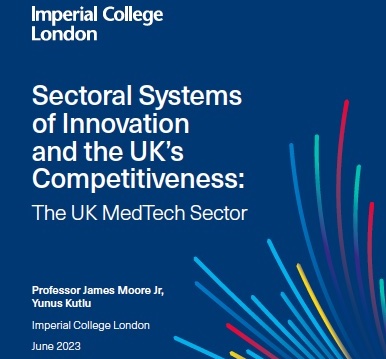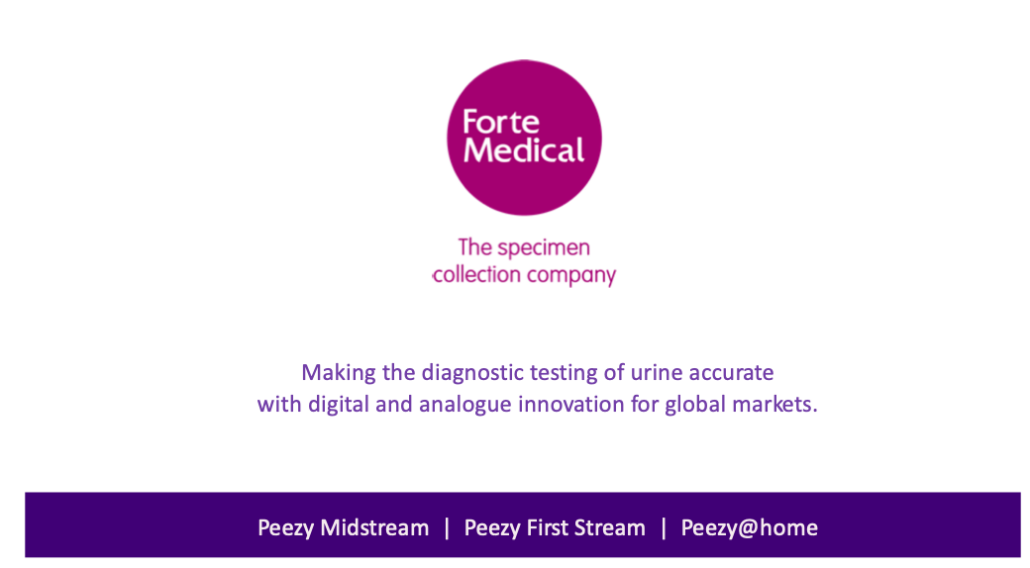Royal Surrey County Hospital NHS Trust, Guildford
Dr Michelle Jie, ST1 Obstatrics & Gynaecology
Dr Michael Adamczyk, ST3 Obstetrics & Gynaecology
Dr Karen Morton, Consultant Obstetrician & Gynaecologist
Introduction
Urinary tract infection (UTI) can affect up to approximately one fifth of women at some point in their life1. The incidence is even higher in the obstetric population, affecting 8% of pregnant women at any one time2. Of those, many UTI can be asymptomatic and is estimated to occur in 2-5% of pregnant women. It is very important to identify and promptly treat such infections as they may progress to pyelonephritis and subsequently increase the risk of preterm birth3.
Diagnosis should be made on a clean catch midstream urine (MSU) to culture organisms. The conventional method for obtaining MSUs can be difficult to perform and more often than not, patients are not instructed properly, thus increasing the risk of sample contamination and hindering diagnosis.
Method
Review of historical microbiological data was performed to examine numbers of MSUs sent from obstetrics. A retrospective audit with a sample size of 100 was undertaken in a DGH with a birth rate of ~3200/year. Inclusion criteria: any pregnancy booked prior to 12 weeks gestation with continuation of their care until delivery at the Royal Surrey. This comprised of patient notes retrieval, correlation with computerized microbiology results and data analysis. National guidelines regarding the investigation and management of urinary tract infections in pregnancy were identified and compared. Cost analysis was performed.
A short prospective quality improvement study was performed with a sample size of 40 in which any antenatal woman who dipped positive for nitrite and/or leucocyte in their urine dipstick had a MSU sent off using a novel midstream urine collection device (Peezy PE50) designed to reduce the rate of contamination. A patient questionnaire was also completed at the time.
Results
Approximately 340 MSU samples are sent per month from obstetrics. 1141 urine dips were analysed, this averages to 11.4 urine dips per pregnancy. Of those, 227 were sent to the laboratory. 15.9% MSUs were inappropriately sent (not testing positive for nitrite and/or leucocyte), costing £5120.
4% had a positive culture rate equating to 95.5% treated unnecessarily at a cost of £25847 for tests alone. The laboratory defined contamination rate was 6.7%.
The results of quality improvement study showed a reduction of laboratory defined contamination rate to 2.5%. The positive culture rate was 5%. 70% of patients state they would be happy to use the device again.
Conclusion
There needs to be better education into the role of MSU and when it is appropriate to send one. The urine dipstick test clearly yields an extremely high false positive rate.
The Peezy PE50 has been shown to reduce laboratory defined contamination rates but there is clearly scope for further research into reducing contamination of initial samples used for dipstick test.


